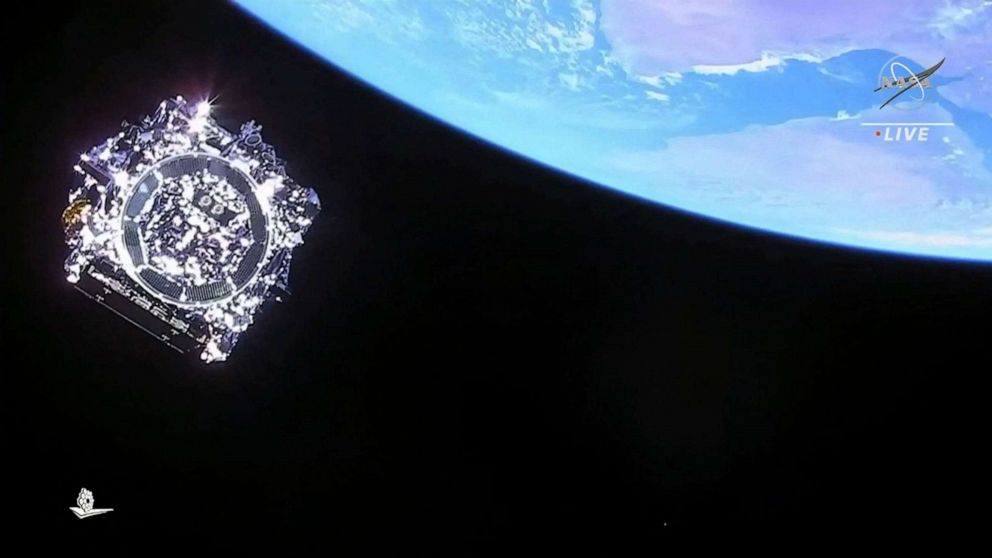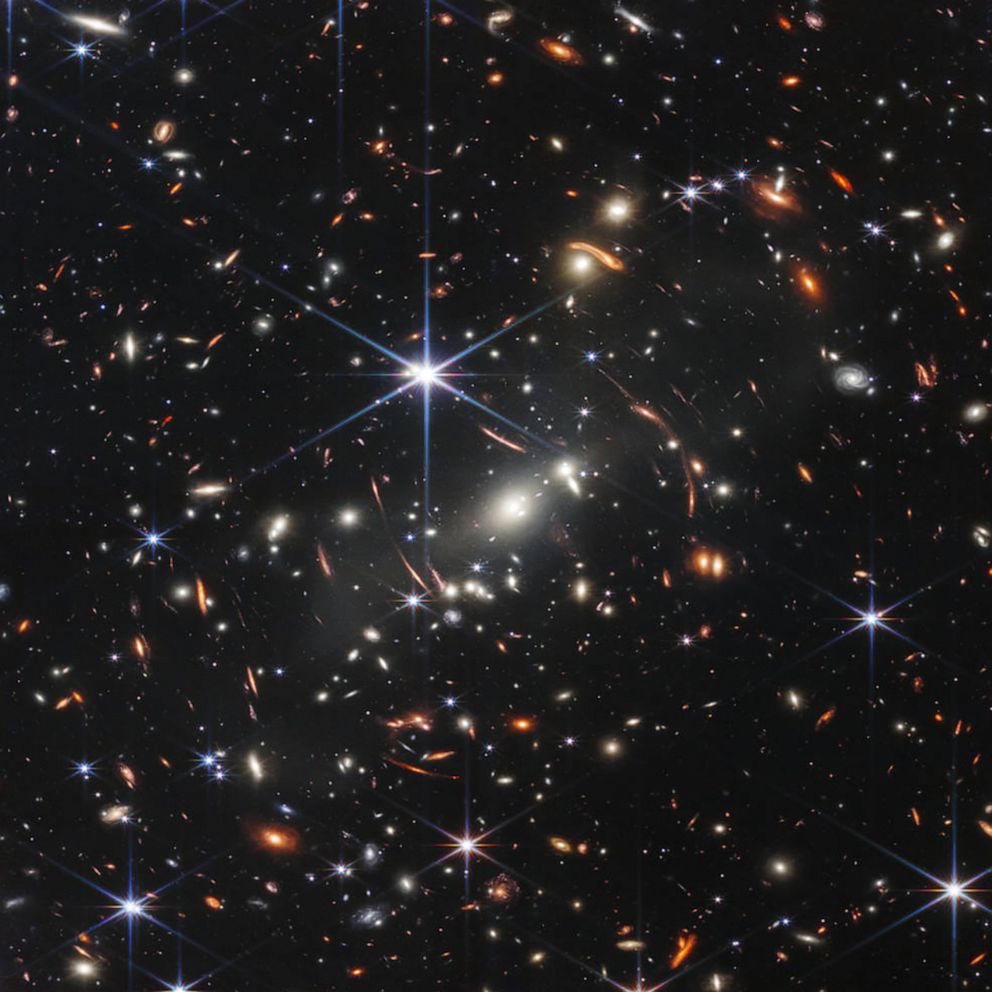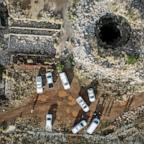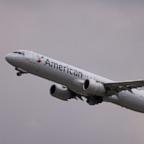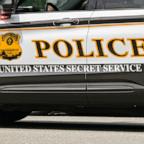NASA reveals image from Webb telescope of exoplanet
NASA has begun releasing the long-awaited new images from the James Webb Space Telescope.
One of the first images revealed during a televised broadcast Tuesday from NASA's Goddard Space Flight Center in Greenbelt, Maryland, shows a graph of the atmospheric composition of WASP-96 b, the largest planet outside of our solar system.
Officials explained that as the planet passes in front of star, the starlight filters through the atmosphere as it passed, which is broken down into wavelengths of light.

The graph indicates the presence of water vapor, which is evidence that the planet had clouds, which were once thought not to exist there, NASA explained.
The data also demonstrates, "Webb’s unprecedented ability to analyze atmospheres hundreds of light-years away," the space agency said.
